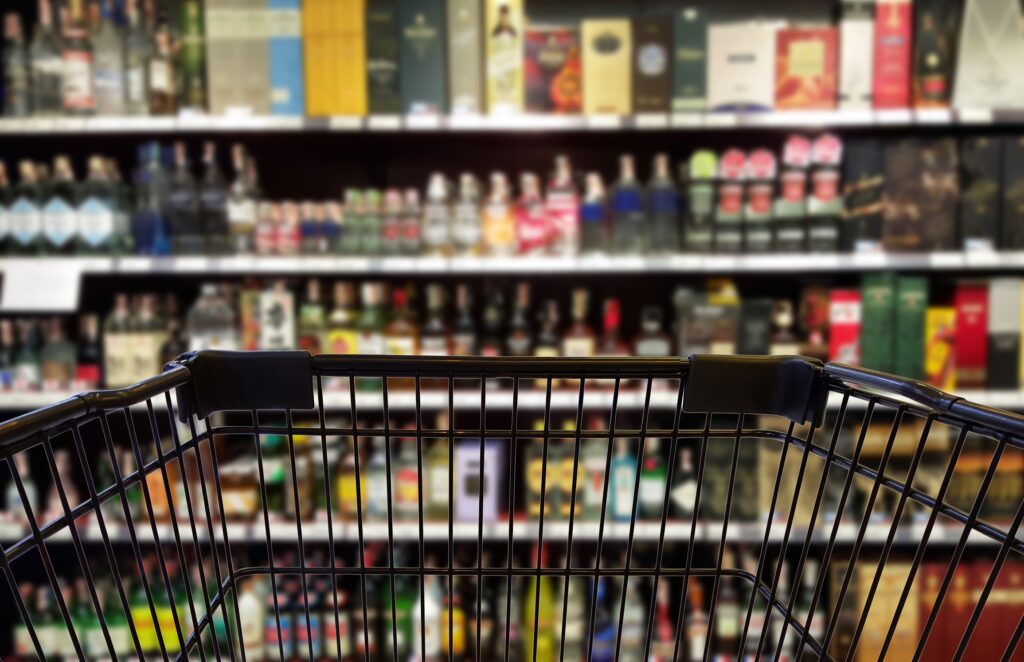Indiana’s embrace of harm reduction could save lives
Indiana’s recent move allowing counties and municipalities across the state to approve syringe access program (SAP) operations without first obtaining state approval has been ruffling some feathers. Some even suggest that programs like Indiana’s, which provide access to clean syringes, actually increase HIV incidence.
It’s not difficult to find the evidence showing that this claim amounts to baseless fear-mongering. The overwhelming data demonstrates empirically that clean syringe access decreases HIV incidence. Indiana’s change in SAP policy reflected the real need to address the spread of HIV among injection drug users – particularly in light of the 2015 outbreak of HIV in the state’s Scott and Jackson counties. The Indiana General Assembly and Gov. Eric Holcomb did the right thing by passing and signing H.B. 1438.
But to see the data through an objective lens, it’s important first to recognize whom it is that harm-reduction programs and services help. They are our neighbors, family members, colleagues and friends – members of our community.
Opposition to increased availability of SAPs often is based on a fundamental misunderstanding of the philosophy of harm reduction. It does not hold that people who use drugs are incapable of making healthy choices, leaving us no choice as a society but to enable them. To the contrary, harm reduction is based on the premise that people want to make choices that promote their health, even if they are unwilling or unable ultimately to quit using drugs. The people who take time out of their day to get clean needles, naloxone and condoms, or who attend clinic events, prove that proposition.
Syringe access programs work. Drug users who do not have needles are far more likely to share than those who do; it’s that simple. The availability of SAPs in Vancouver, British Columbia, helped decrease needle sharing among HIV-positive injection drug users from 37 percent in 1996 to 2 percent in 2014. In fact, difficult access to clean needles makes it 3.5 times more likely that a person will share needles, while access to needle-exchange programs makes it less than half as likely that a person will share a needle.
Extending these findings to incidence of HIV supports the idea that decreased needle sharing results in decreased transmission of infectious diseases. In New York City, syringe-exchange rates have correlated strongly with decreases in HIV incidence. In 1992, when 750,000 clean needles were distributed, HIV incidence rates were at 3.7 per 100 person-years. Just 10 years later, HIV incidence rates had fallen to 0.75 per 100 person-years, after needle distribution increased to 3 million.
Similar results can be found globally. In Dublin, Ireland, there was a 24.2 percent decrease in hepatitis C prevalence. In Lang Son, Vietnam, HIV prevalence dropped from 41 to 27 percent among injection drug users following the implementation of SAPs. Studies comparing clean needle distribution in Scotland, Ireland, England, China, France, Spain, Quebec and Australia all support the idea that decreased needle sharing decreases transmission of both HIV and hepatitis C virus.
SAPs are also cost effective. In fact, they’ve been cited as one of the most cost-effective public health interventions ever funded. It is calculated that it costs an SAP between $4,000 and $12,000 to prevent one HIV seroconversion, which is far below the estimated $385,000 it costs to treat one diagnosis of HIV. In 2008, Washington, D.C., allocated $650,000 of municipal revenue to fund SAPs. It’s estimated that, within two years, this policy change averted 120 new cases of HIV, for a projected cost savings of $44 million.
Opponents of harm reduction programs often suggest that treating addiction is, perhaps, a better long-term goal. There, we can agree. Several analyses of existing programs conclude that, rather than tacitly tolerating drug use and allowing addiction to take over communities, harm reduction programs actually correlate with increased entry into treatment. In Baltimore, people who visit SAPs are more likely to enter treatment that those who did not. In Seattle, people who use SAP services are more likely to remain on methadone treatment.
This result makes sense. Harm reduction programs, including SAPs, provide a point of intervention where a person who uses drugs can interact with a nurse, a counselor or volunteers who have the best interests of the person in mind. This is true both in the short term, with regard to providing clean syringes, and over the long term, where such services can provide options for treatment programs and facilities. This is the bare minimum we owe to our friends, neighbors and family members who struggle with this horrendous disease.









